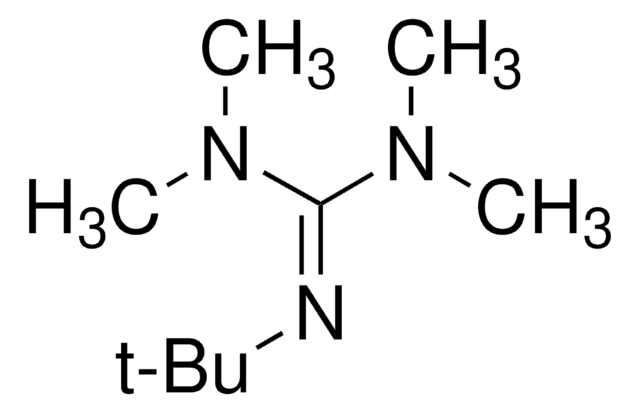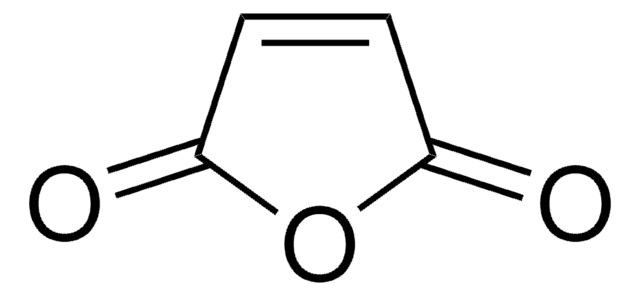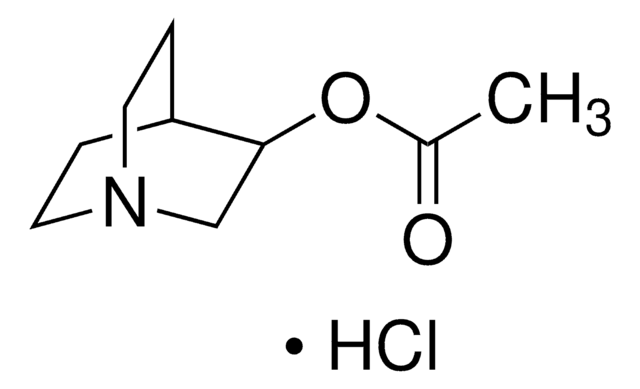197602
Quinuclidine
97%
Sinônimo(s):
1-Azabicyclo[2.2.2]octane, ABCO
About This Item
Produtos recomendados
pressão de vapor
1.5 mmHg ( 20 °C)
Ensaio
97%
Formulário
solid
pf
157-160 °C (lit.)
solubilidade
H2O: very slightly soluble
H2O: very soluble
alcohol: miscible
diethyl ether: miscible
organic solvents: very soluble
cadeia de caracteres SMILES
C1CN2CCC1CC2
InChI
1S/C7H13N/c1-4-8-5-2-7(1)3-6-8/h7H,1-6H2
chave InChI
SBYHFKPVCBCYGV-UHFFFAOYSA-N
Informações sobre genes
rat ... Chrm1(25229)
Procurando produtos similares? Visita Guia de comparação de produtos
Categorias relacionadas
Descrição geral
Aplicação
- In the Baylis-Hillman reaction of aldehydes with methyl acrylate.
- For the epimerization of α-methylglucose to α-methylallose.
Palavra indicadora
Danger
Frases de perigo
Declarações de precaução
Classificações de perigo
Acute Tox. 2 Dermal - Acute Tox. 3 Oral - Eye Dam. 1 - Skin Irrit. 2
Código de classe de armazenamento
6.1A - Combustible acute toxic Cat. 1 and 2 / very toxic hazardous materials
Classe de risco de água (WGK)
WGK 3
Ponto de fulgor (°F)
Not applicable
Ponto de fulgor (°C)
Not applicable
Equipamento de proteção individual
Eyeshields, Faceshields, Gloves, type P2 (EN 143) respirator cartridges
Escolha uma das versões mais recentes:
Já possui este produto?
Encontre a documentação dos produtos que você adquiriu recentemente na biblioteca de documentos.
Nossa equipe de cientistas tem experiência em todas as áreas de pesquisa, incluindo Life Sciences, ciência de materiais, síntese química, cromatografia, química analítica e muitas outras.
Entre em contato com a assistência técnica![1,4-Diazabicyclo[2.2.2]octane ReagentPlus®, ≥99%](/deepweb/assets/sigmaaldrich/product/structures/366/129/a6ff4175-974d-4fac-9038-b35e508ef252/640/a6ff4175-974d-4fac-9038-b35e508ef252.png)
![1,8-Diazabiciclo[5,4,0]undec-7-eno 98%](/deepweb/assets/sigmaaldrich/product/structures/120/564/5b373e23-1624-489c-8efb-692de0f96ffb/640/5b373e23-1624-489c-8efb-692de0f96ffb.png)
![1,5,7-Triazabicyclo[4.4.0]dec-5-ene 98%](/deepweb/assets/sigmaaldrich/product/structures/171/446/333d560c-cff6-4958-b489-5acfb3057cce/640/333d560c-cff6-4958-b489-5acfb3057cce.png)
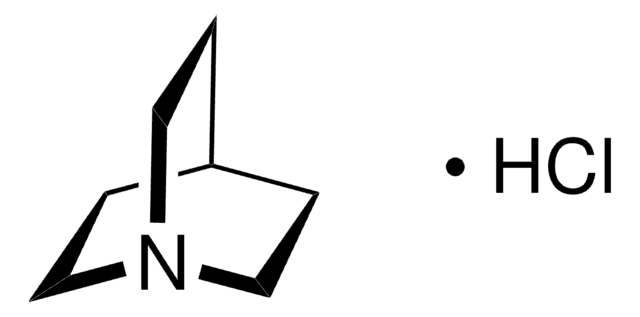
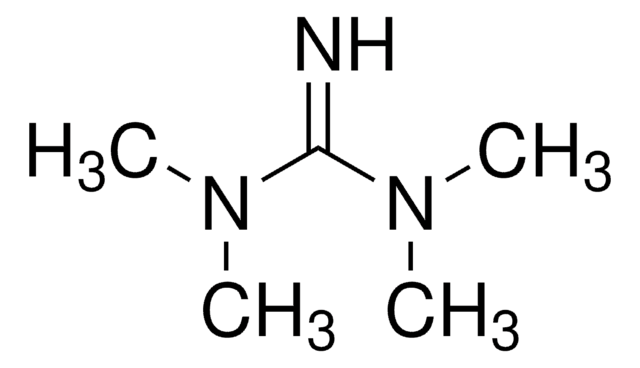
![(Ir[dF(CF3)ppy]2(dtbpy))PF6](/deepweb/assets/sigmaaldrich/product/structures/982/913/02dd8ddd-6deb-40a0-ab9b-07b18f1abb09/640/02dd8ddd-6deb-40a0-ab9b-07b18f1abb09.png)
